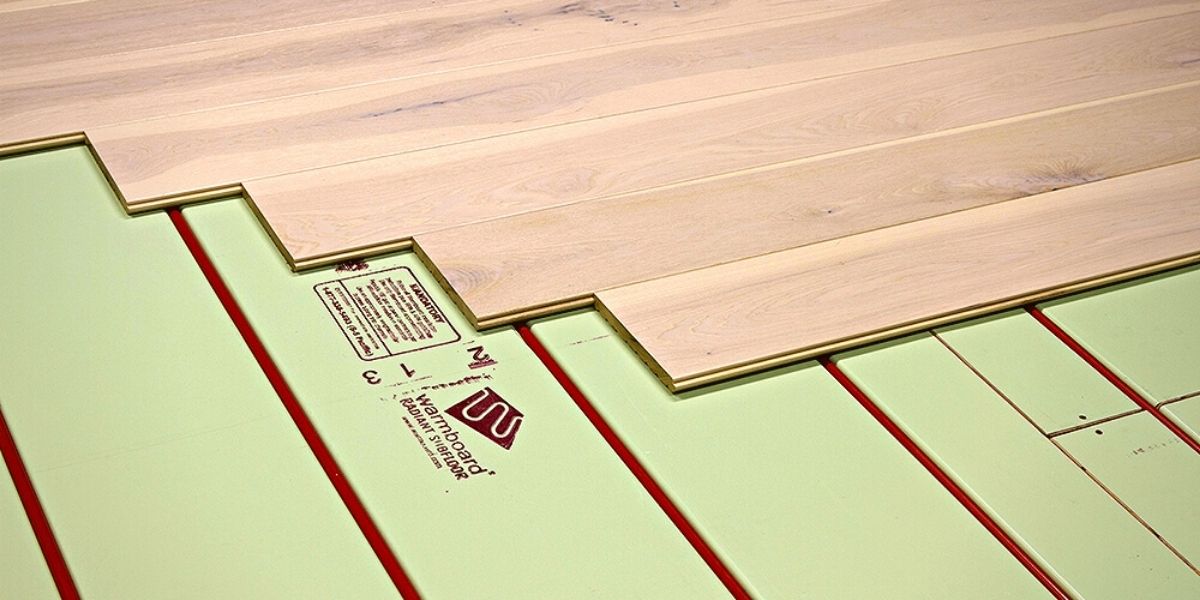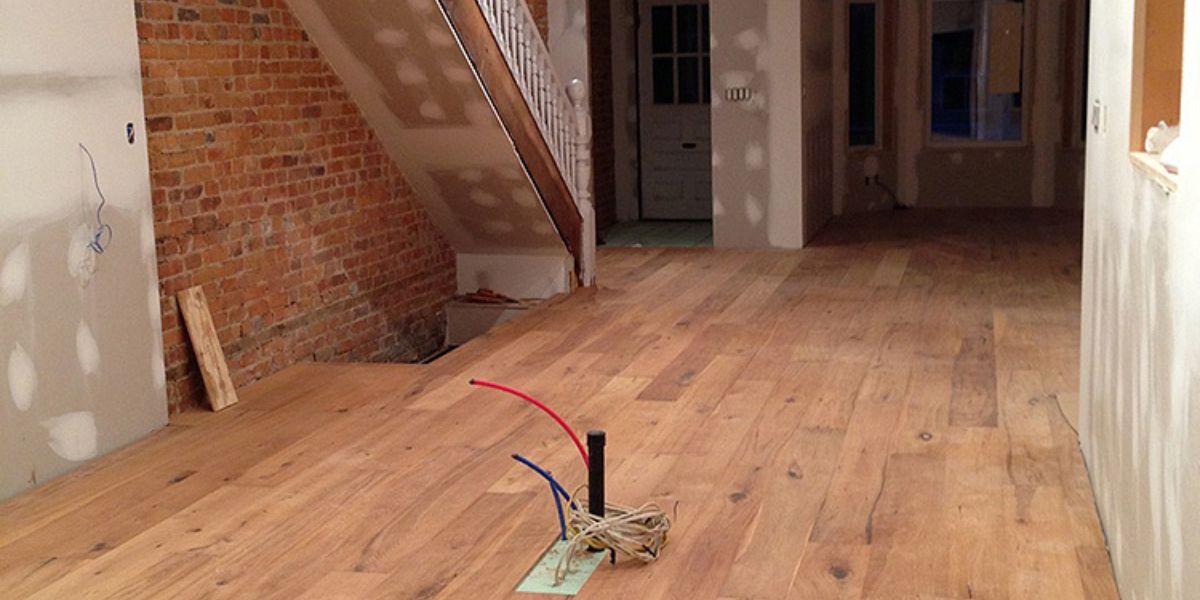Energy efficiency and sustainability are high on the list of priorities for a growing number of homeowners. As a result, there has been an uptick in new construction methods and home renovations aimed at improving a home’s overall energy efficiency.
If you’re one of the millions of people looking for ways to make your home more energy-efficient, consider these current energy-efficient home trends as well as the rising star of green home heating- radiant heat.
![]()
Energy-Efficient Home Trends on the Rise
People have been looking for ways to make their homes more energy-efficient for decades. In recent years, energy-efficient home trends have included things like:
- Installing solar panels
- Switching to LED lighting
- Using sustainable building materials
- Buying sustainable or local furniture
- Installing a smart water meter
- Replacing old appliances with energy-efficient ones
Whether you are working with an architect to design a modern, custom home or you’re retrofitting a vintage dwelling, one of the best ways to have a comfortable eco-friendly indoor environment is with an radiant floor heating system.
Energy Benefits of Radiant Heat
Radiant heat systems create a quiet and toasty environment for you to relax in, but the other big selling point for most people is the number of energy benefits of radiant heat. Instead of saving you energy in just one way, radiant heat systems help you save energy in several different ways.
Radiant heat systems can help you save energy because they:
Provide Heat Where You Need It Most
Forced air systems heat your house from top to bottom using a few small vents. This means the air closest to your ceiling gets warmed up first, while the air closest to you and the ground takes the longest time to warm up, leading to your upstairs being too hot and downstairs being too cold.
In contrast, radiant heat systems heat your entire home from the bottom up at the same time. This means the warmth emanates from below you without any harsh cold spots.
Most people find they are actually more comfortable with their thermostat set a few degrees lower than normal when they switch to radiant heating.
Create Zones with Green Home Heating
Modern radiant heat systems give you the ability to create zones in your home that are set at different temperatures. For example, if you like your bedroom a little warmer than the rest of the house, radiant home heating makes it possible.
This flexibility allows you to allocate energy where it’s needed the most and keeps you from wasting energy on rooms that don’t always need to be heated, such as a guest bedroom or the garage.
Don’t Lose Energy in Ducts
Traditional forced air heating systems can lose as much as 40% of the energy they consume as the air travels through duct work before entering the interior of your home. This causes your heating system to work longer and harder — which drives up energy costs — to get your home to the proper temperature.
Since radiant heating doesn’t use any ductwork, no energy is lost. Because of this, a radiant heating system is able to heat your home using a fraction of the energy of forced air.
Reduce Your Energy Consumption with Smart Thermostats
Radiant heat systems are almost always installed with a smart thermostat to control them. Smart thermostats are perfect for an energy-efficient home heating system because they are more accurate than traditional thermostats and make it easier to set the heater to turn on and off at specific times.
For example, you can set it to turn off after you leave for work in the morning and turn it back on an hour before you get home. This allows you to come home to a warm house without having to pay to heat it all day while it sits empty.
LEED points
LEED, or Leadership in Energy and Environmental Design, is a green building certification program that recognizes buildings that are designed and operated to minimize their environmental impact. LEED is a voluntary program, but it is becoming increasingly popular as more and more homeowners and businesses are looking to reduce their environmental footprint.
Warmboard radiant heat systems can contribute up to 15 LEED points to the LEED for Homes rating system. This is because radiant heat systems are very energy-efficient, produce low emissions, and improve indoor air quality.
Getting Started with Energy-Efficient Home Heating
Eco-friendly home heating can be incorporated into any home, whether it’s a new construction home or a remodel. For new construction homes, you can work directly with your designer or homebuilder to include Warmboard radiant heat in your home design. This is the easiest way to go about installing radiant heat since you can lay down all the proper tubing before the floor goes down.
On remodels, the flooring will have to be replaced, but it’s still a completely doable process with an overlay radiant panel and a great choice for energy efficiency.
To get started with the best radiant heat system available, contact us today.
Related blog posts:
Homeowner’s Guide to How Radiant Heat Works
The Future of Energy-Efficient Heating: Low Water Temperatures

